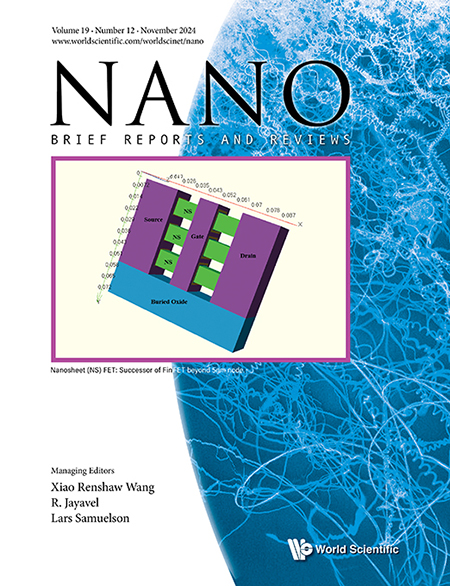First Principle Analysis of Borophene as an On-Chip Interconnect Material
Abstract
One of the most chemically adaptable elements is boron which is found in the periodic table between two groups, i.e., metals and nonmetals and may create more than 16 polymorphs that are bulk and made of connected boron polyhedra. Given that boron and carbon are comparable elements, it has been questioned whether two-dimensional (2D) boron could serve as a conceptual starting point for the construction of other boron nanostructures. Using boron as fundamental building blocks, boron nanosheets were synthesized known as borophenes. Borophene is found to be a crystalline form of atomic monolayer boron which was theoretically first predicted in mid-1990s and experimentally synthesized very recently in 2015. In this work, we studied both armchair and zigzag formation of borophene and presented a comparative analysis of their minimum sub-band energy, effective mean free path En, number of conduction channels Nch, scattering resistance per unit length. The Nch for armchair BNR is 3,2,1 for 22nm, 13nm, 7nm, respectively, which is comparatively more than zigzag BNR. We later proposed Top-Contact BNR (TC-BNR) and Side-Contact BNR (SC-BNR). Our analysis shows that SC-BNR offers 96% less resistance compared to TC-BNR and it is of the order of SC-GNR. Further, if we compare with copper interconnects, BNR is better in terms of performance and copper can be replaced with BNR due to high bulk mean free paths 300nm and 400nm compared to copper’s 40nm.



